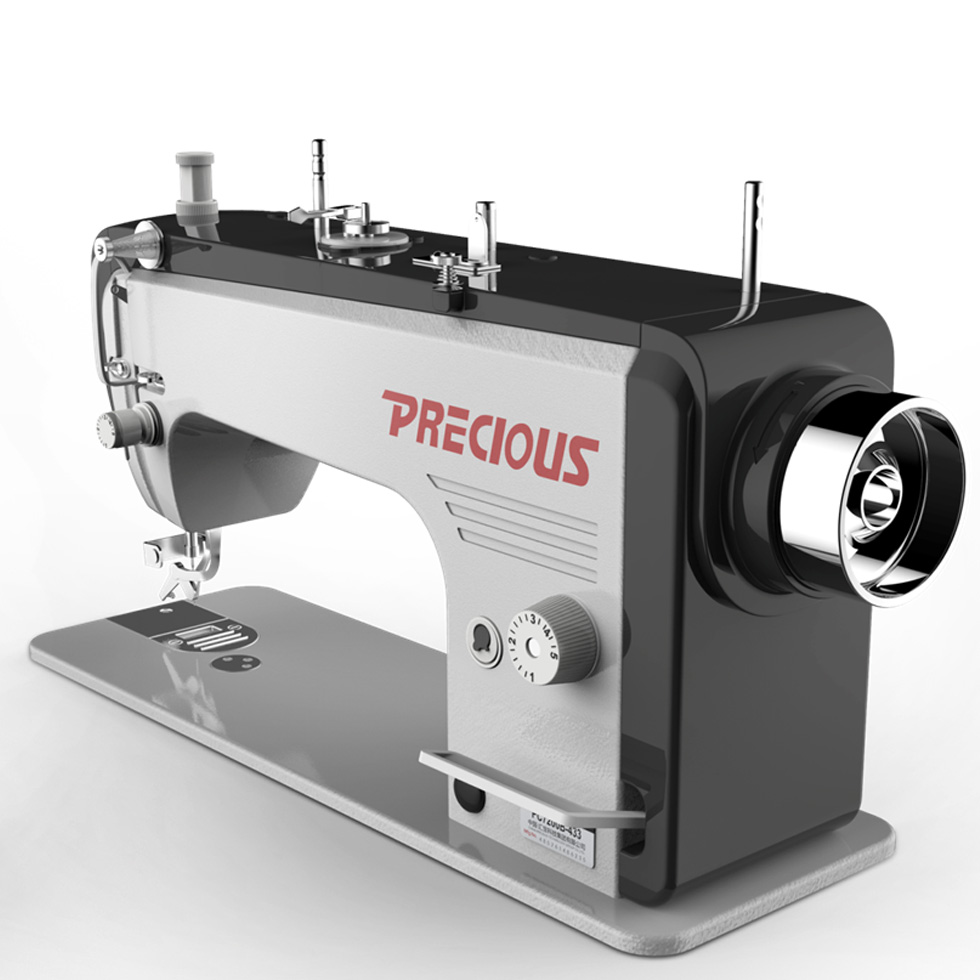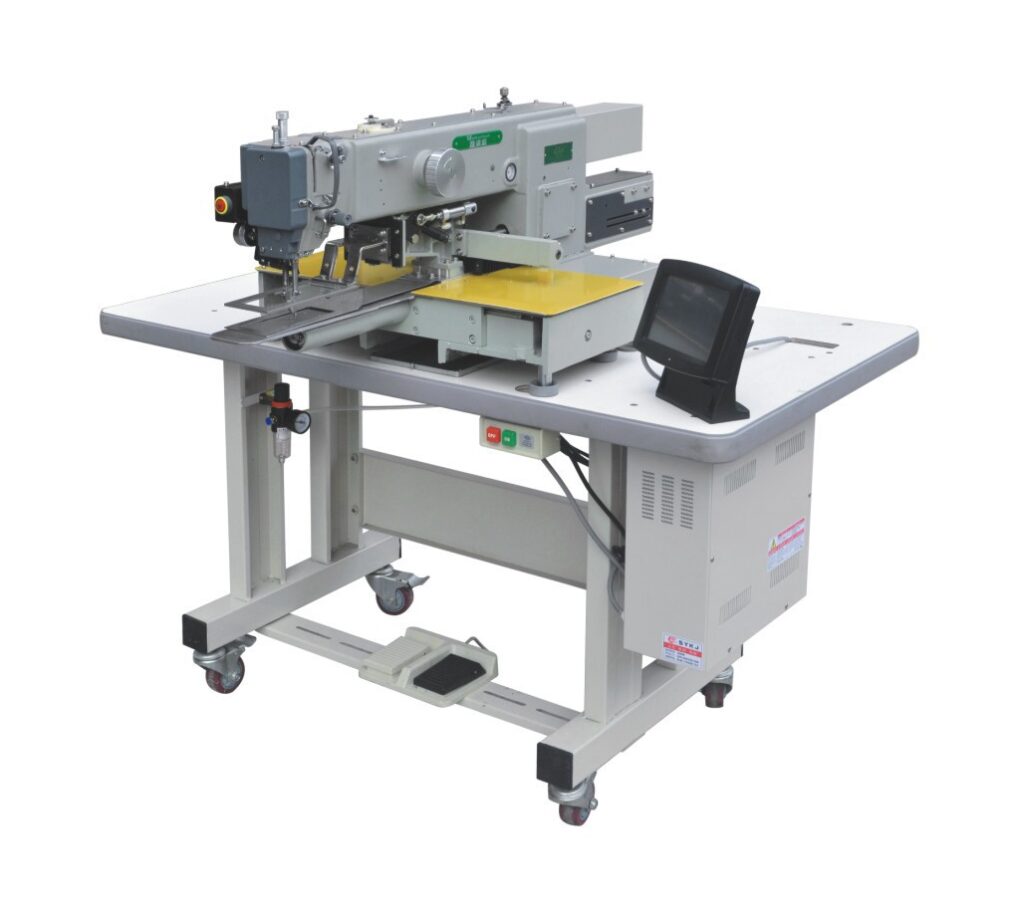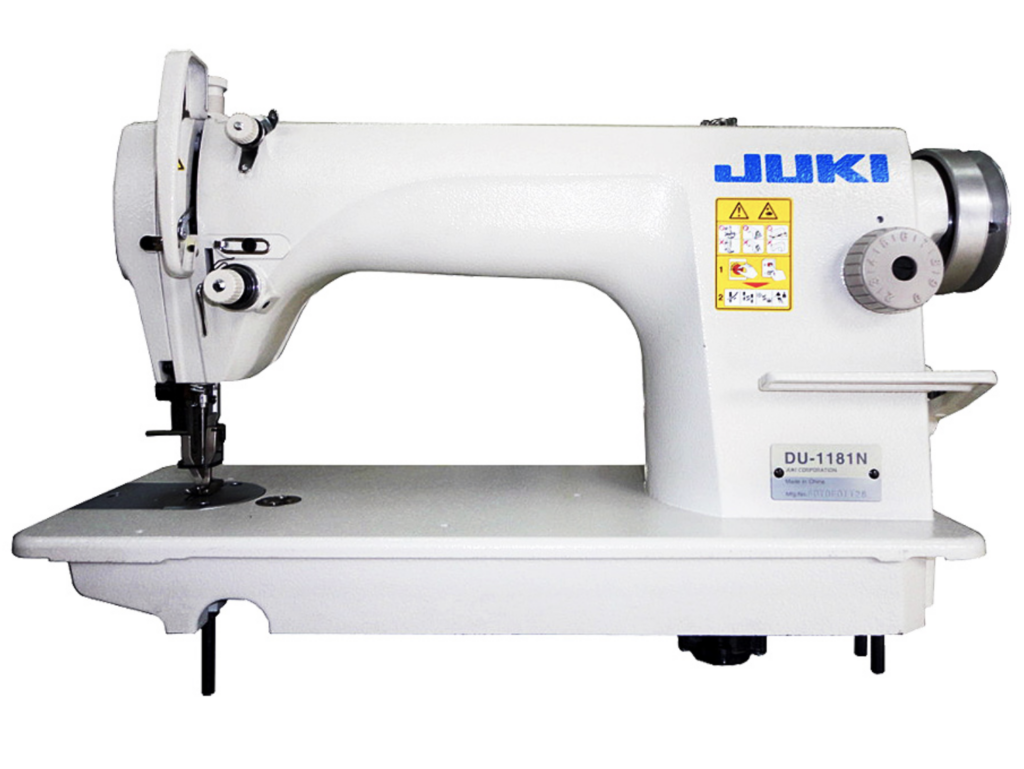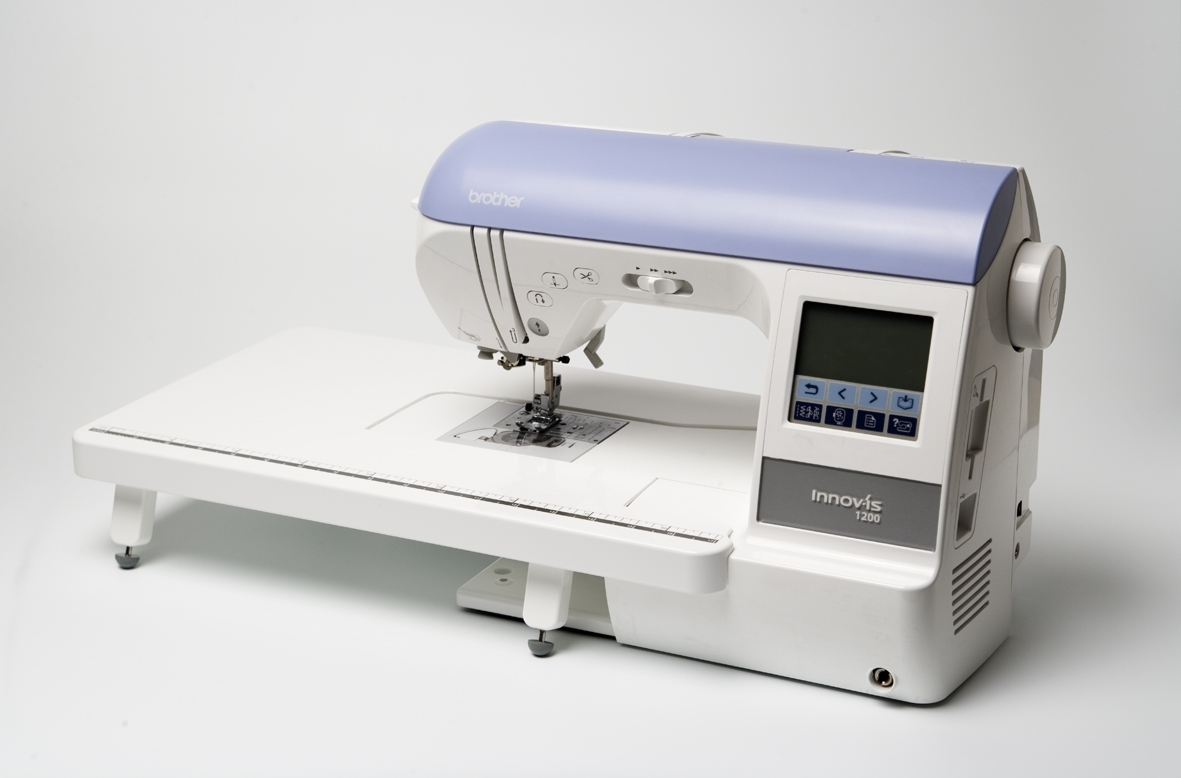Best Guide for Sewing Machine Operation
1.What is a sewing machine?
Sewing machines use needles and up and down movements to sew fabrics together. Early sewing machines were manually driven, usually driven by the operator rotating the wheels, while modern sewing machines are powered by electricity, with the operator stepping on the foot pedal to determine the sewing speed.
2.What are the three types of sewing machines?
There are three main types of modern sewing machines, all driven by electricity, but with different components:
- Manual sewing machine. As the cheapest and simplest sewing machine, manual sewing machines use knobs and levers to determine information such as stitch length and width.
- Electronic sewing machine. Electronic machines use buttons to determine needle length, width, and other details.
- Computerized sewing machine. Computerized machines are the most expensive and complex, with a touch screen display to determine the pins. Computerized machines also have memory cards that allow you to save presets and download stitches and patterns.

3.Sewing machine parts and their functions
To understand the working principle of your sewing machine, you need to know its components. Although each machine is slightly different, especially depending on the type of machine you have, the basic components of most models are the same and have the same purpose.
- Power switch and power cord. All sewing machines have an on/off switch and wires, usually located at the back of the machine, used to power the machine.
- Foot pedal. The foot pedal determines the working speed of your machine – if you press it hard, the needle will move quickly and you can sew a thread in a short time; If lightly pressed, the needle will move slower and it will take longer to stitch a thread. The foot pedal is connected to your sewing machine through a rope.
- Needles. Needle is the key to a sewing machine, it is the part that passes the top sewing thread through the fabric. Most sewing machines can use a variety of needles, and you can switch between these needles.
- Wire spool pin. At the top of the machine is a pin or spindle that serves as a spool support and allows the spool to rotate with appropriate thread tension for needle feeding.
- Press the foot. The presser foot is a two-piece metal piece that you can use a lever to lower onto the fabric to secure it in place.
- Wire spool case. Below the needle and presser foot is a spool box, which is a compartment where you can place a small roll of spool called a spool. The spool is the source of the lower thread of the stitch – when the sewing machine needles through the fabric and passes the top thread down through the fabric, the spool driver inserts the bottom thread into the stitch to lock it in place. Many wire spools also have a spool winding machine to help you wrap the wire onto an empty spool.
- Needle position knob. When you need to manually determine the height of the needle (for example, lifting the needle when you want to remove fabric), your machine will have a handwheel or button to perform this operation.
- Reverse seam button. When you step on the pedal, your machine will sew forward through your fabric. When you want to sew a few stitches backwards (for example, to prevent it from unraveling at the end of a line), your machine will have a button to change the direction of your stitching.
- Needle stitch knob. Most sewing machines allow you to choose from many different stitch types – from straight stitch to serrated stitch. The manual machine will perform this operation through a knob; Computerized machines will have touch screen displays.
- Needle length knob. The stitch length knob will determine how much space your needle will leave before piercing the fabric again – long stitches mean fewer holes, while short stitches mean more holes are closer together. On computerized machines, you can select the stitch through the computer display screen.
- Needle width wheel. The stitch width wheel will determine the width on both sides when piercing the fabric – for straight stitches, this will be zero, but for serrated stitches, the stitch can be increased to increase the width of each stitch. On computerized machines, you can determine the stitch width through a computer monitor.

4.How to set up a sewing machine
Although the initial setup of a sewing machine may seem overwhelming at first, don’t worry, after several sewing projects, it will feel like it’s second nature.
- Thread the machine. To start sewing, you first need to thread the sewing machine, which involves pulling the thread out of the spool through some thread guides, winding rods, or hooks until you finally pull it through the needle hole. Each machine may be slightly different, so please refer to your user manual when threading for the first time. Most sewing machines have small guides and charts printed on the machine, so if you encounter difficulties, please look for them. Don’t worry, after trying a few times, you will master the trick.
- Install the wound spool. The spool is the second spool of the machine, located in a small compartment below the needle. Your machine will have an arrow indicating the proper placement of the spool to release it correctly.
- Capture the thread. Once the top thread and spool are set, you need to connect the two threads to prepare for sewing. Using the needle position knob or button, lower the needle completely downwards and then upwards again – when you do this, the needle will grab onto the spool and pull it back into a loop. Place a flat object (such as a ruler) under the needle to grasp the two wire harnesses and place them away from where you want to sew them.

5.How to use a sewing machine
After setting up the sewing machine, you can start sewing. Here are the quick step-by-step operations you can expect:
- Ensure that your needle is raised. Depending on your machine, you can use a knob or button to lift the needle.
- Place your fabric. Place the fabric under the needle, where you want to perform the first stitch, and lower the presser foot during sewing to keep the fabric in place.
- Gently step on the pedal. When you step on the foot pedal, the needle will start stitching – press hard to speed up, or slow down to stitch slowly and carefully.
- Lock your starting needle and thread. The best practice at the beginning or end of the seam is to lock the stitches (also known as “reverse stitching”) to prevent them from unraveling. To do this, please sew a few stitches forward and then press the button on the machine for reverse sewing (or “lock needle” button, if your machine has one). Before releasing the reverse button and sewing forward again, double the first few stitches.
- Guide your fabric. To stitch a straight line (recommended for beginners), keep the edges of the fabric aligned with the seam allowance guide on the machine. Your machine will automatically pull the fabric through (using a feeding dog) for stitching, without the need to thread it through yourself.
- Lock your end needle and thread. To ensure that your seams do not loosen, please use the machine’s reverse button (or needle lock button, if available) to reverse sew the last few stitches of the production line.
- Lift the needle and press the foot. After completing the stitching, lift the needle and press the foot upwards away from the fabric.
- Slide the fabric open. Pull the fabric out of the machine. This will use it to pull out more thread (from the top spool and spool), and you should use scissors to cut it. If your machine has a built-in wire cutter, use the wire cutter on the side of the needle housing to cut the thread.
